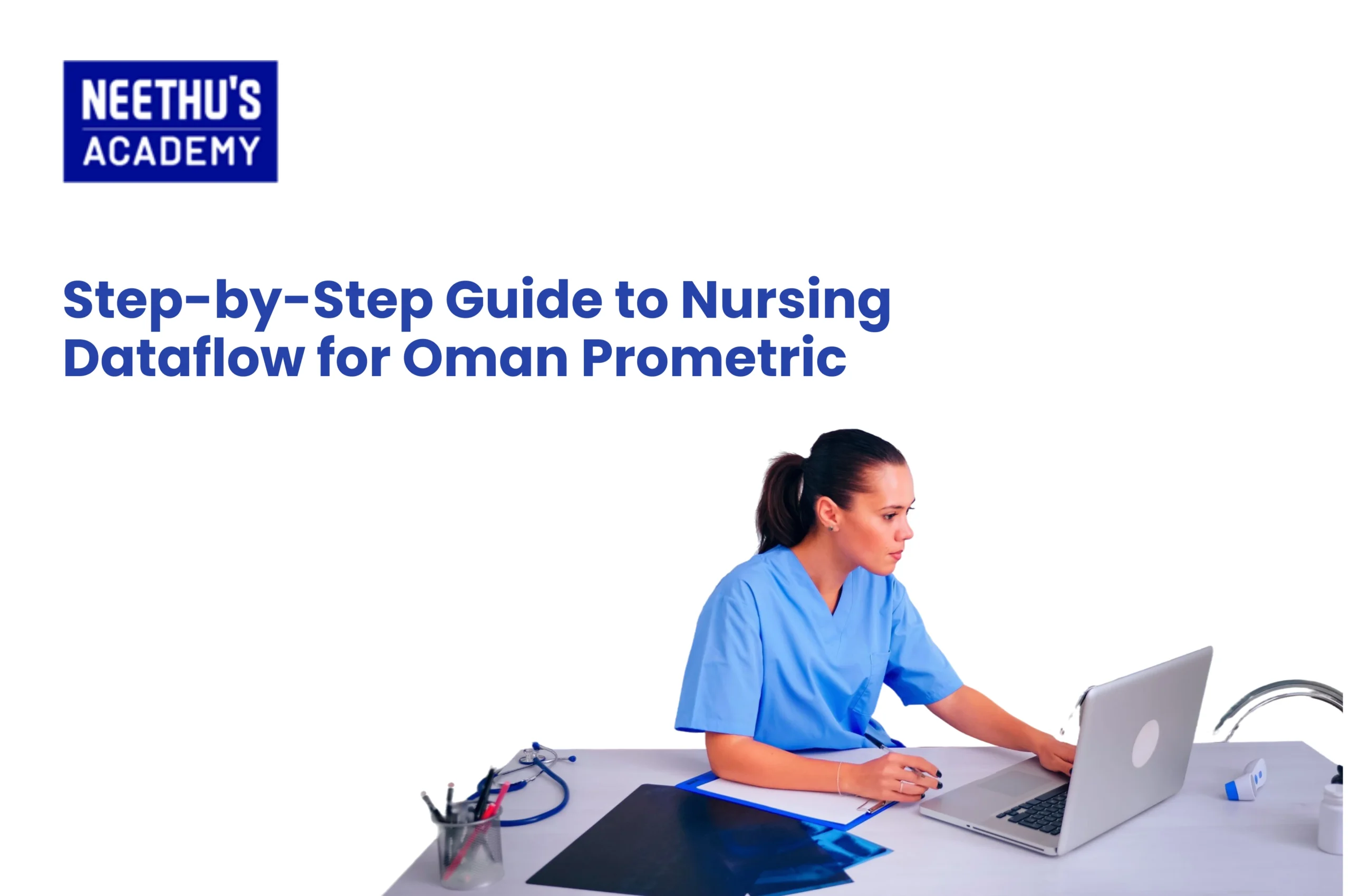Imagine you are running out of time and still have questions to complete! That would be the worst-case scenario while taking a…

Top TOEFL Skimming and Scanning Techniques to Boost Your Score
While tackling the Reading section of language proficiency tests, it’s essential to implement specific strategies for optimal performance. You should be able to answer questions while quickly reading through passages within the time frame. This can be a bit nerve-wracking. Especially when it comes to the TOEFL exam, the Reading section is the most important component, where you have to showcase your efficiency in reading and understanding written passages. The TOEFL Reading section can be challenging, but with the right strategies, you can navigate it with confidence and ease. In this blog, we’ll break down some effective skimming and scanning techniques that will help you quickly find the information you need and answer questions accurately. Whether you’re just starting your prep or looking to fine-tune your skills, these tips will give you the edge you need to ace the Reading section. Let’s dive in!
Understanding Skimming and Scanning
Skimming
Skimming is a reading strategy that lets you scan a passage rapidly to get its main points and overall structure without getting bogged down in the details. By using this technique, you will be skimming the text for important information, such as headings, subheadings, opening and finishing sentences, and any bolded or italicized terms, rather than paying close attention to every word or sentence. When you want to have a general understanding of the text’s substance, purpose, and flow, this approach is quite helpful. Effective skimming enables you to recognize the main ideas and points made, which aids in understanding the context and enables you to make well-informed assumptions about where to look for certain data when responding to inquiries. This method not only saves time, but also improves your capacity for interaction with
Scanning
As a focused reading method, scanning involves looking for certain details or keywords within the text, as opposed to skimming. When you scan a paragraph, you move your eyes swiftly across it to find specific facts like names, dates, figures, or terms relating to a query. This is as opposed to reading the entire piece or attempting to understand the deeper meaning. When you know exactly what you’re looking for, this method helps you locate the precise place in the text where the answer is located. By mastering scanning, you can significantly reduce the time spent on the Reading section, as it enables you to swiftly retrieve the necessary information without getting sidetracked by irrelevant details. This efficiency is crucial during an exam like the TOEFL, where time management is key to maximizing your score.
The Importance of Skimming and Scanning
Time Management: Skimming and scanning are crucial for managing your time effectively during the TOEFL Reading section. By quickly identifying key ideas and specific details, you can avoid spending too much time on any single passage or question.
Better Comprehension: These methods let you grasp more from a text by filtering the important information from less relevant details. This holistic approach will help in comprehending the text better and answering questions more precisely.
Increased Accuracy: The more you practice skimming and scanning, the less likely you are to either skip over an important detail or misread the text. Both of these contribute to a more accurate set of answers, which in turn leads to a higher score overall.
Effective Techniques for Skimming and Scanning
Skimming Techniques
Read the Title and Introduction: First, read the title of the passage and introductory paragraph. It gives you an overview of the topic that it covers as well as its main point.
Look for Headings and Subheadings: Headings and subheadings are key indicators of the passage’s structure and main ideas. Skim through these sections to understand the organization and major themes.
First and Last Sentences: In most paragraphs, the first and last sentences contain the main idea or summary. Identify these to understand quickly the substance of each paragraph.
Identify Keywords: Notice if one or several words, or even sets of words, are repeated throughout the passage. Keywords indicate what is significant to remember and may highlight the main idea or key concepts.
Summarize Each Paragraph: As you skim, read each paragraph silently to yourself and summarize it in your mind to reinforce your comprehension of the key ideas within those paragraphs.
Scanning Techniques
Know What You’re Looking For: Before you begin scanning, be specific about the nature of the information you are looking for. This may be dates, names, numbers, or some facts regarding the questions.
Use Visual Cues: Scan for visual elements like bolded or italicized text, bullet points, and lists. These elements often contain key details or summaries.
Highlight or Underline: As you scan, use a highlighter or underline important information to make it easier to find when answering questions.
Practice Speed Reading: Develop your ability to read quickly and accurately by practicing with timed exercises. This will help you become more efficient at scanning for specific details.
Prepare a List of Keywords: Note down a list of common keywords or phrases related to the genre of questions one gets. Refer to it when scanning a passage.
Skimming and Scanning on the TOEFL Reading Section
Initial Skim: Begin by skimming the passage to get an overview of its content and structure. This will help you understand the main ideas and identify key areas to focus on.
Questions Overview: Have a quick look at the questions before you read the passage in detail. You’ll get an idea of what type of information the passage may provide and where to scan for the particular details.
Detailed Scanning: After you have done a quick overview, apply your scanning skills to locate the exact details for each question. Look for keywords or phrases that match the question so that you reach the information as soon as possible.
Checking: After you find the information, double-check your answers to ensure they are correct and complete. Make sure that the details you have selected match exactly with the questions.
Prioritize Questions: If you encounter a difficult question, move on to the next one and return to it later if time permits. This prevents you from spending too much time on any single question.
How to Practice Skimming and Scanning
Practice Passages: Practice regularly with TOEFL Reading passages to enhance your skimming and scanning skills. Also, practice different types of passages, such as academic articles, historical texts, and scientific studies, to get accustomed to various contents.
Timed Practice: Practice skimming and scanning under test conditions. This will give you a knack for pace and efficiency to help you finish the section well within the prescribed time.
Review and Analyze: After completing practice passages, review your answers and analyze your skimming and scanning techniques. Identify areas where you struggled and adjust your strategies accordingly.
TOEFL Prep Resources: Utilize TOEFL preparation books, online resources, and practice tests to improve your skills. Many resources offer practice passages, tips, and strategies for skimming and scanning.
Practice Active Reading: Enhance your overall reading skills by engaging in active reading practices outside of TOEFL preparation. Read a variety of materials, such as news articles, essays, and novels, and practice skimming and scanning techniques.
Common Problems and Their Solutions
Missing Important Details: One of the most common problems with skimming and scanning is missing important details. You can work on identifying major details and summarizing the passages to make sure you note down all critical information.
Complexity of Certain Passages: Certain passages may be complex or, for that matter, just too dense. Break such passages into smaller sections and employ the technique of skimming to outline the main ideas before scanning any specific details within.
Time Constraints: Time constraints can make skimming and scanning challenging. Improve your time management by practicing under timed conditions and developing strategies to quickly identify and locate information.
Final Thoughts
By honing your skimming and scanning skills, you’re setting yourself up for success in the TOEFL Reading section. These techniques empower you to approach each passage with clarity and purpose, allowing you to extract the essential information quickly and accurately. Think of it as having a roadmap to guide you through the text, helping you avoid unnecessary detours and focus on what truly matters. As you continue to practice, you’ll find these strategies becoming second nature, making the Reading section a more straightforward and less stressful part of the exam. So, dive in with confidence, use your time wisely, and trust in your ability to conquer the TOEFL Reading challenges ahead!
Related Blogs
- All Posts
- OET
In case you are immigrating to Canada or looking for higher studies in the French-speaking parts of the nation, then the TCF…
Feeling a bit overwhelmed about the OSCE? You're not alone! The Objective Structured Clinical Examination is a big step in your medical…
Course Enquiry
Latest Posts
- All Posts
- canada
- CBT
- DHA
- French
- GENERAL
- German
- Haad
- IELTS
- IQN NEW ZEALAND
- MOH
- NCLEX-RN
- NHRA
- OET
- OSCE
- Pearson Vue
- PROMETRIC
- PTE
- TOEFL
- Back
- NCLEX - NGN
- Back
- OET FOR PHYSIOTHERAPIST
- OET FOR PHARMACIST
- OET FOR DOCTORS



Frequently Asked Questions
To skim reading on TOEFL, quickly read titles, headings, and the first and last sentences of paragraphs. This gives you an overview of the passage’s main ideas and structure without focusing on every detail.
Skim to grasp main ideas by reading titles and key sentences. Scan by searching for specific keywords or details relevant to the questions. Practice both techniques to improve speed and accuracy.
Manage time by setting limits for each passage and starting with easier questions. Use skimming and scanning to quickly find information and practice under timed conditions to improve pacing.
Improve by practicing with timed exercises, familiarizing yourself with test formats, and expanding your vocabulary. Regularly read diverse materials and review practice tests to target your weak areas.
Common mistakes include misinterpreting questions and spending too much time on tough passages. Carefully read questions, focus on key details, and don’t get stuck on difficult questions.
